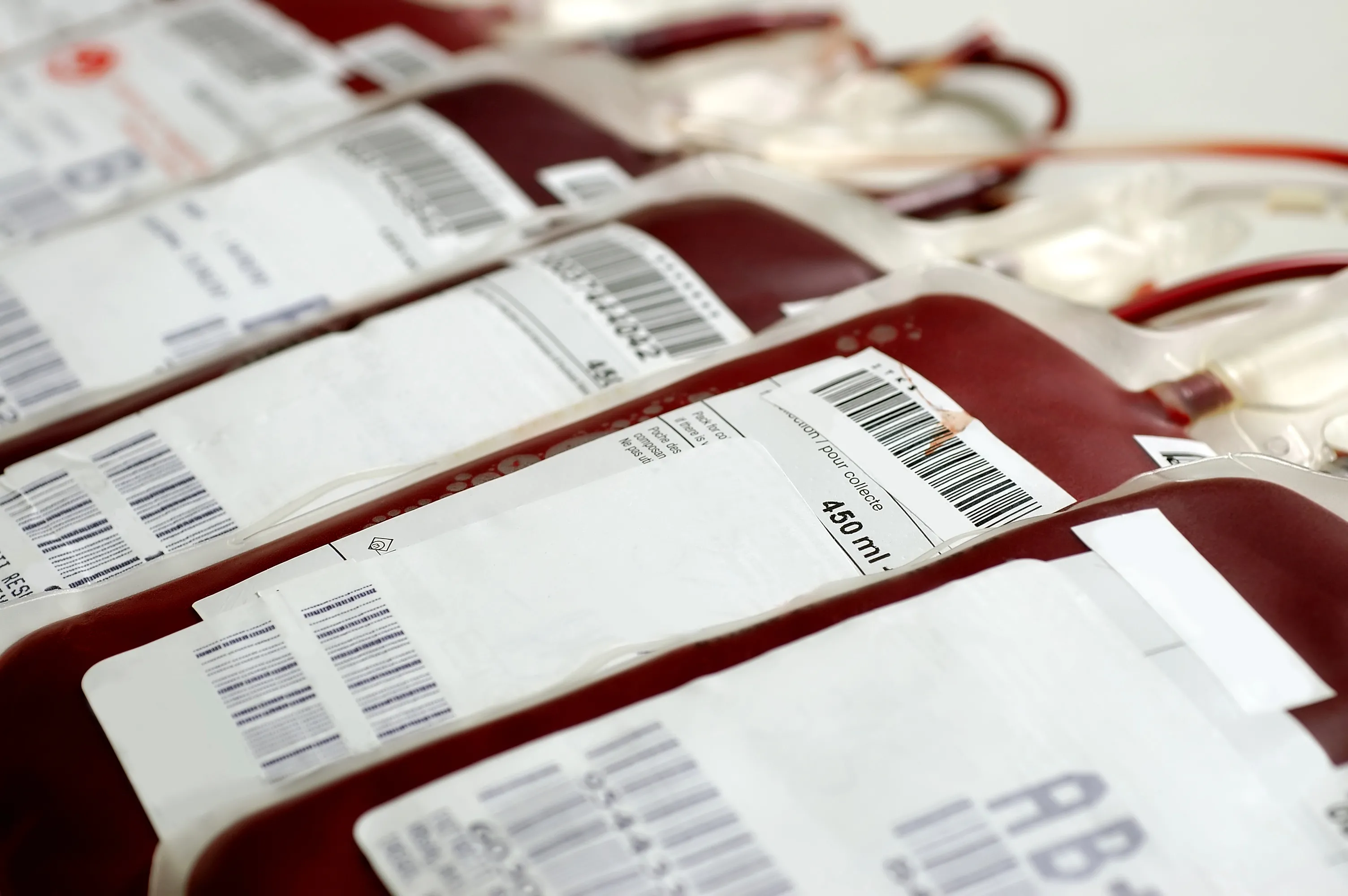Banner University Medical Center Involved in Study that Finds Most Effective Blood Transfusion Combination for Severe Trauma
A national multicenter clinical trial, which included Banner University Medical Center Tucson, reported that a blood transfusion containing equal parts red blood cells, plasma and platelets is more effective in the treatment of trauma patients suffering from severe blood loss compared to a higher-ratio combination, according to a study in the Journal of the American Medical Association.

The trial, PROPPR Pragmatic, Randomized Optimal Platelet and Plasma Ratios, evaluated the effectiveness of the two most common ratios of blood products used to transfuse trauma patients suffering from massive blood loss: 1:1:1 (1 unit of red blood cells, 1 unit of plasma and 1 unit of platelets) and 1:1:2 ratio (2 units of red blood cells, 1 unit of plasma and 1 unit of platelets). Both combinations are in widespread use across the United States.
Researchers found that a balanced ratio of plasma, platelets and red blood cells 1:1:1 was more likely to stop bleeding and decrease the likelihood of death from blood loss within the first 3 hours, although there was no difference by 24 hours, compared to patients who received a transfusion with a higher ratio. No significant difference was found in overall death rates at 24 hours or at 30 days between the two transfusion strategies.

A total of 680 severely injured patients with blunt or penetrating trauma were enrolled in the study from the 12 participating sites in the United States and Canada. BUMCT enrolled 42 patients in the trial. Patients who qualified for the study included those admitted to BUMCT with severe traumatic injuries and predicted to need a massive transfusion to survive. These patients were randomized to receive one of the two transfusion ratios.
BUMCT was the only trauma center in the Southwest involved in this study. Trauma surgeon Terence O'Keeffe, MD, associate professor, University of Arizona Department of Surgery, and medical director of the Surgical/Trauma Intensive Care Unit, led the study at BUMCT.
This study vindicates the safety and efficacy of the 1:1:1 approach for massive transfusion, with fewer patients dying early from hemorrhage said Dr. O'Keeffe. Although this did not translate into better long-term mortality, were confident that we have improved patient outcomes by adapting this technique

Peter Rhee, MD, UA professor of surgery and chief, Division of Trauma, Critical Care, Burn and Emergency Surgery, added, 'since we came up with the concept of using more blood products in the military, we have been working for many years to be able to prove that blood products are better. This multicenter type of study is the reason we came to work here in Tucson
Injury from trauma is one of the leading causes of death in the United States, especially in young people. Uncontrolled hemorrhage from traumatic injuries is the leading cause of potential preventable death in the United States.
JAMA article: Transfusion of Plasma, Platelets, and Red Blood Cells in a 1:1:1 vs a 1:1:2 Ratio and Mortality in Patients with Severe Trauma: The PROPPR Randomized Clinical Trial https://jamanetwork.com/journals/jama/fullarticle/2107789

